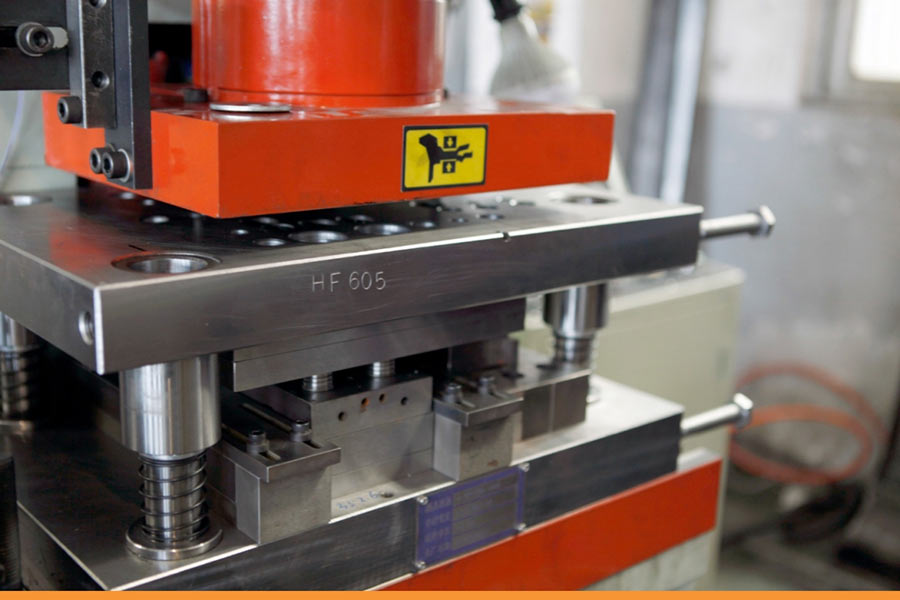Silicon steel sheet is an alloy material with silicon and iron as the main components, which has important applications in the electromagnetic field. Due to its excellent magnetic conductivity and low energy loss, silicon steel sheet is widely used in the core components of transformers, motors and generators.
Classification and characteristics of silicon steel sheet
Silicon steel sheet is mainly divided into two types: hot-rolled silicon steel and cold-rolled silicon steel.
– Hot-rolled silicon steel: The production process is simple and the cost is low, but the surface is rough and the thickness control accuracy is low, which is usually used in low-end applications.
– Cold-rolled silicon steel: It has high surface quality, good ductility and precise thickness control, and is widely used in high-performance equipment.
Cold-rolled silicon steel can also be divided into oriented silicon steel and non-oriented silicon steel according to silicon content and directionality:
– Oriented silicon steel: The magnetic permeability is optimized in one direction, which is suitable for equipment such as transformers that require oriented magnetic fields.
– Non-oriented silicon steel: It has uniform magnetic properties in all directions and is commonly used in motors and generators.
Silicon steel sheets are the preferred material for transformer cores due to their excellent magnetic conductivity and low eddy current losses. The increase in silicon content can significantly improve the material’s anti-magnetization ability while reducing energy loss. In addition, its high strength and fatigue resistance meet the needs of motors and generators for efficient and durable materials.

